Shinobi: The Path of Retribution
SEGA boasts a comprehensive library of titles at its disposal. Although franchises like Sonic the Hedgehog, Persona, and Like a Dragon often dominate the spotlight, the Japanese company is eager to rejuvenate its older catalog. They’ve already unveiled plans to revive some of their forgotten series, such as Jet Set Radio and Crazy Taxi. Within this group, Shinobi stood out—not necessarily for its own legacy, but due to the team spearheading its revival. Rather than task one of their internal teams with Joe Musashi’s new adventure, SEGA entrusted Lizardcube, the French studio celebrated for their work on Streets of Rage 4 in 2020, a title hailed as the pinnacle of beat’em ups. This move captured the attention of many fans, hopeful for a fresh take on a beloved classic.
The Shinobi series has never quite captured widespread allure. Despite once rivaling Ninja Gaiden in the late ’80s, SEGA’s efforts failed to leave a lasting mark beyond the fondly remembered Genesis duo. Attempts to transition the series into 3D didn’t gain much traction, even though the Shinobi installment on Nintendo 3DS holds a niche fanbase. Enter Lizardcube, a studio that effectively revived Wonder Boy in 2017 and Streets of Rage in 2020, proving adept at delivering captivating experiences that honor their predecessors while evolving classic concepts. Thus, when Lizardcube and SEGA unveiled Shinobi: Art of Vengeance, it was evident that Joe Musashi’s return was poised not merely to reignite interest in the series, but to set a high bar for side-scrolling action games. Does this new release live up to fan expectations, surpassing even Ninja Gaiden: Ragebound? Discover the answers and much more in our comprehensive Atomix Review.
The Path of the Shinobi
Shinobi originated in the late 1980s when storytelling wasn’t central to such arcade experiences. While manuals provided additional context about the adventures on arcade cabinets and Genesis consoles, the games themselves skimped on character details, prioritizing gameplay. This granted Lizardcube significant creative freedom to craft an adventure welcoming both to die-hard fans and newcomers who only recognize the name Joe Musashi.
Joe Musashi, our protagonist, is a shinobi who leads a quiet life training the next generation of warriors and awaiting his child’s birth. This serenity is shattered when the ENE Organization, led by Lord Ruse, seeks to eradicate his clan and launch a global conquest. Fueled by anger and a quest for justice, Musashi embarks on a journey to defeat his nemesis, forging alliances with essential allies along the way.
Shinobi: Art of Vengeance presents a straightforward narrative with clear-cut heroes and villains. Lizardcube has crafted an accessible story, filled with engaging details and references to the SEGA franchise, satisfying long-time fans while accommodating first-time players. However, those hoping for intricate storytelling might find themselves disappointed, albeit without compromising the depth supplied by our hero’s internal conflict—does Musashi fight for vengeance or justice?
Art in Motion
Visually, Shinobi: Art of Vengeance captivates with its unique art style that aligns with Wonder Boy: The Dragon’s Trap and Streets of Rage 4. It brings classic elements to modern sensibilities, blending traditional and innovative visuals harmoniously. This artistic venture draws inspiration from classic Japanese ink paintings, with every scene and animation meticulously hand-drawn, affording the game a distinctive identity.
Lizardcube’s passion is evident in every level, each a dynamic journey that refuses to stagnate. The settings shift from serene morning swamps to vibrant lantern festivals, culminating in dragon-blaze construction sites—all crafted with thoughtful attention to color and detail. The diverse adversaries, from stylish ninjas and high-tech soldiers to reimagined Japanese demons, further populate this visually rich world.
Joe Musashi and other characters boast modernized designs while retaining core aesthetics. The game’s real triumph is in its animation, with a fluidity brought to life through the bespoke Guard Crush Engine. Every movement, from Musashi’s swift strikes to his enemies’ imposing attacks, reflects an astonishing level of craftsmanship.
East Meets West
The soundtrack of Shinobi: Art of Vengeance blends traditional Japanese instruments with Western elements—a formula familiar yet executed with superior finesse. This energetic score complements the action seamlessly, alongside powerful voice acting that brings the story’s dialogue to life. Even simple grunts from Musashi effectively convey his stoically complex character, enhanced further by available Japanese language options for added immersion.
Mastery of Control
Traditionally overshadowed by some contemporaries, Shinobi’s action-platformer roots are rejuvenated by Lizardcube, offering a frenetic adventure with responsive controls and fluid combat systems. Foundation lies in a responsive combat system and cleverly designed levels. Musashi wields a sword capable of varied moves with strong and weak attacks, who can chain combos seamlessly using a nimble dash technique.
Beyond basic attacks, Musashi deploys kunai and special powers like fire-breathing or water barrier countermeasures, all executed with impeccable response. The dynamic system encourages players to experiment freely with satisfying combat outcomes.
The game’s structure marries combat prowess with intricate level design, merging action and platforming in balanced proportions. Advancing from one scenario to hidden treasures, the experience invites repeated exploration and mastery of martial prowess.
In conclusion, Shinobi: Art of Vengeance stands as an exemplary return of a classic SEGA series, offering an addictive mix of vibrant visuals, immersive storytelling, and riveting gameplay. Lizardcube has done justice to the franchise, setting a high mark for future titles in the genre while leaving fans eagerly anticipating their next revival—Golden Axe, perhaps?
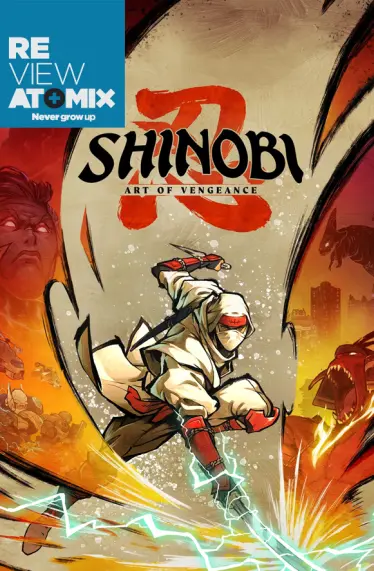


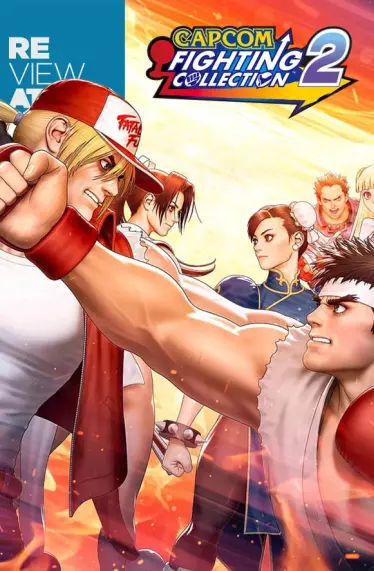

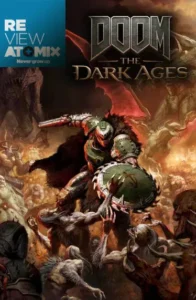


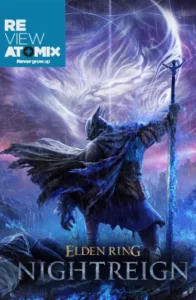


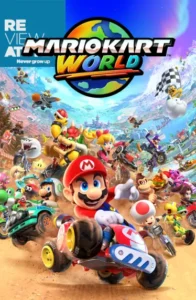

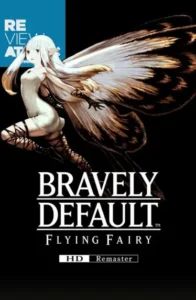
Post Comment